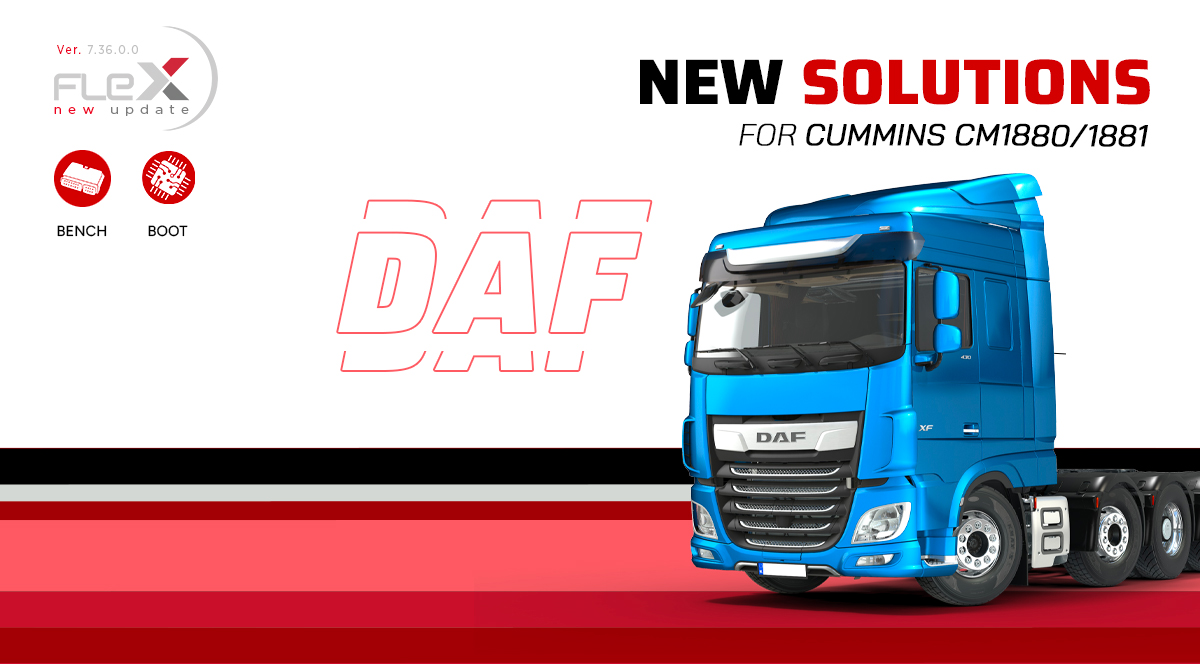In the field of electronic engine development, the use of a power test bench has become an essential standard for those aiming to achieve high levels of precision, efficiency, and safety. Whether for customized mapping or control logic optimization, the dyno—particularly in its hub configuration—enables a repeatable and controlled environment to deeply analyze vehicle behavior.
Total control: repeatable tests, reliable data
The ability to perform tests under static conditions, free from environmental interference, makes the test bench a superior diagnostic and development tool compared to road testing. All relevant parameters—power, torque, AFR, temperatures, pressures—can be continuously monitored, providing immediate feedback on control unit modifications. This approach reduces uncertainty and allows for a more scientific, data-driven development process, moving away from guesswork.
Transmission Control Unit (TCU) optimization: smoothness and logic
Modern dynos also support refined calibration of the TCU. It’s possible to analyze gear shift behavior in real time, test various shift logics, and verify hydraulic pressure management in automatic or robotized transmissions. All of this without mechanically stressing the vehicle in uncontrolled conditions. The result is smoother transitions, faster response times, and more responsive, predictable driving dynamics.
Bench-to-Software interface: synergy for development
One of the most critical aspects of professional test bench usage is integration with calibration software. CAN, K-Line, FlexRay interfaces, and custom protocols allow for bidirectional communication between the unit and the software, fully synchronized with the data acquired from the dyno. Operators can adjust maps and curves in real time and immediately observe the impact on engine or transmission behavior.
This synergy enables highly efficient work sessions where every change can be instantly validated. Many modern dynos, such as those in the Dynomag line, support this native integration, enabling a smooth, coherent, and professional development workflow.
Datasense: the key to advanced data acquisition
To obtain a truly complete picture of vehicle behavior, it’s essential to pair the test bench with an external data acquisition system like Datasense. This tool reads and records real-time parameters from multiple sources: the ECU, external sensors, analog and digital signals, and CAN communications. By integrating Datasense into the workflow, users gain a synchronized and detailed snapshot of the vehicle under stress, significantly enhancing analysis quality and depth.
The combined use of Datasense, a test bench, and calibration software forms a complete ecosystem for the professional validation of engine and transmission control strategies.
Objective validation and performance comparison
Beyond development, the test bench is essential for final validation. It allows for performance comparisons before and after calibration, generating technical reports and easy-to-read graphs. This not only strengthens the credibility of the work performed but also provides the end customer with objective documentation of the achieved benefits.





